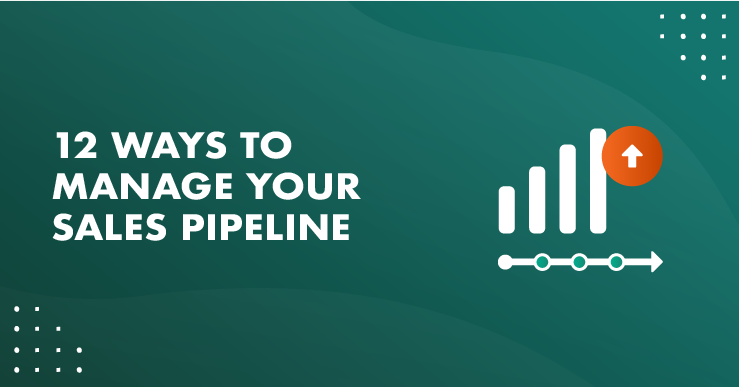A sales pipeline plays an important role in any successful business.
According to research by Vantage Point, 72% of sales managers hold sales pipeline review meetings with their sales reps several times per month.
However, 63% of respondents say that their companies do a bad job of managing their sales pipelines, which shows that there is massive room for improvement.
In today’s digitally-connected world, sales and marketing teams are now more data-driven than ever before. This means that not only do we have access to a wealth of information to work with, but we’re also far more accountable for it.
A recent report from CSO Insights found that “Executives are under more pressure than ever to understand the pulse of their business” – and at the heart of most businesses is the sales pipeline.
What is a sales pipeline?
A sales pipeline is a visual snapshot of where prospects are in the sales process. Sales pipelines show you how many deals salespeople are expected to close in a given week, month or year and how close a rep is to reaching their sales quota.
If you have a pipeline worth $100,000 in contract value and your conversion rate, from lead to sale, is 10%, then you can expect to close $10,000 worth of new business.
If your sales target is $20,000, then you will need to convert twice as many leads.
This is where pipeline analysis comes in. If you can identify improvements within your pipeline that will help you move more prospects from one stage to another, then you’re going to be more successful in your job.
And what is the biggest incentive for improving your pipeline?
It is revenue growth!
A study by the Harvard Business Review found that there was an 18% difference in revenue growth between companies that defined a formal sales process and companies that didn’t.
Furthermore, companies that mastered three specific pipeline practices saw 28% higher revenue growth.
For B2B sales in particular, having a healthy sales pipeline allows you to:
- improve your sales process,
- forecast future business results,
- analyze different sales strategies for your business,
- manage and allocate resources in order to close or service upcoming sales,
- review your progress for the current financial year, and
- know how far you are from your targets
- helps identify areas for improvement, and
- enables better customer relationships.
A sales pipeline plays a key role both in closing more sales deals and indicating the overall health and future direction of your company.
And with most successful sellers dedicating six hours each week to researching their potential customers - you already know it’s key that they take into account the best practices to manage your sales pipeline in order to get the most out of that time.
12 best practices to manage your sales pipeline
We’ve put together 12 best practice tips to help you transform the way you manage your pipeline. We’ll start with the more practical sales techniques and then we will show you how to improve the entire pipeline management process to make your business more successful.
1. Remember to follow up
Buyers today have more choice than ever before and with it, they need more help to make the right decision and choose your product or service. Ten years ago, it took just 3.68 sales calls to close a deal – today, it takes more than 8!
The best sales people will make sure they keep following up with leads in order to land the sale.
But, in reality, most sales professionals give up after 2 calls – so make sure you always follow up.
Following up isn’t easy.
In fact, it’s currently ranked as the third biggest challenge for sales teams.
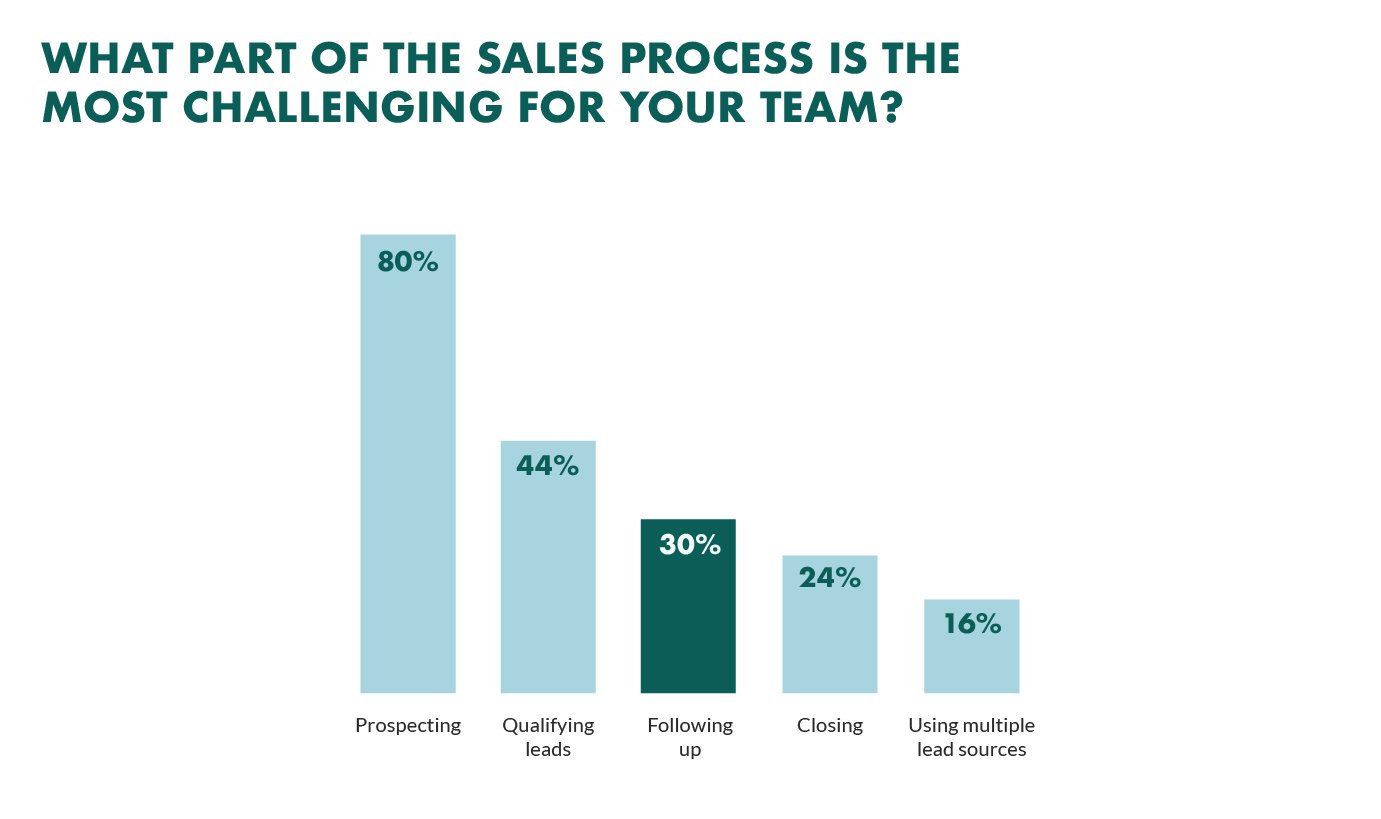
One way to follow up is to set a reminder that notifies you each time you need to follow up with a prospect. Another solution is to streamline the process completely, by using one of your sales email templates to automatically follow up on a specific date or after a specific period of time (i.e. two weeks after the initial phone call).
2. Focus on the best leads
If you take a closer look at your sales process, you’re likely to notice that it takes about the same amount of time to close each deal.
Instead, make sure you concentrate your efforts on the best, most sales-ready, high value leads, and avoid getting distracted by anything that won’t push the needle for you or your business.
For example, if you sort your sales dashboard from high to low, instead of by date, you can instantly see which leads are the most valuable to your business. By viewing your sales activities for each lead, you can identify which leads are the most engaged and which ones you should then focus on.
3. Drop dead leads
As important as it is to focus on high value leads, it’s equally as important to know when to let go of a lead as well.
Letting go can be hard, especially when you have spent weeks or even months building and nurturing a relationship with them.
A lead is dead when they clearly state they’re not interested, when they can’t be contacted, or you’ve spoken to them multiple times and they can’t be pushed through to the next stage of the pipeline.
Learn to identify these dead leads quickly, so you can move on to the next sales opportunity to close a big deal – without wasting any more time trying to breathe life into leads that simply won’t buy from you.
4. Monitor pipeline metrics
Your sales pipeline is a living, breathing entity that changes all the time. Therefore, you need to monitor the key sales metrics that it produces, which includes things like:
- The number of deals in your pipeline
- The average size of the deals in your pipeline
- The average percentage of deals that you win (close ratio)
- The average lifetime of a deal before it’s closed (sales velocity)
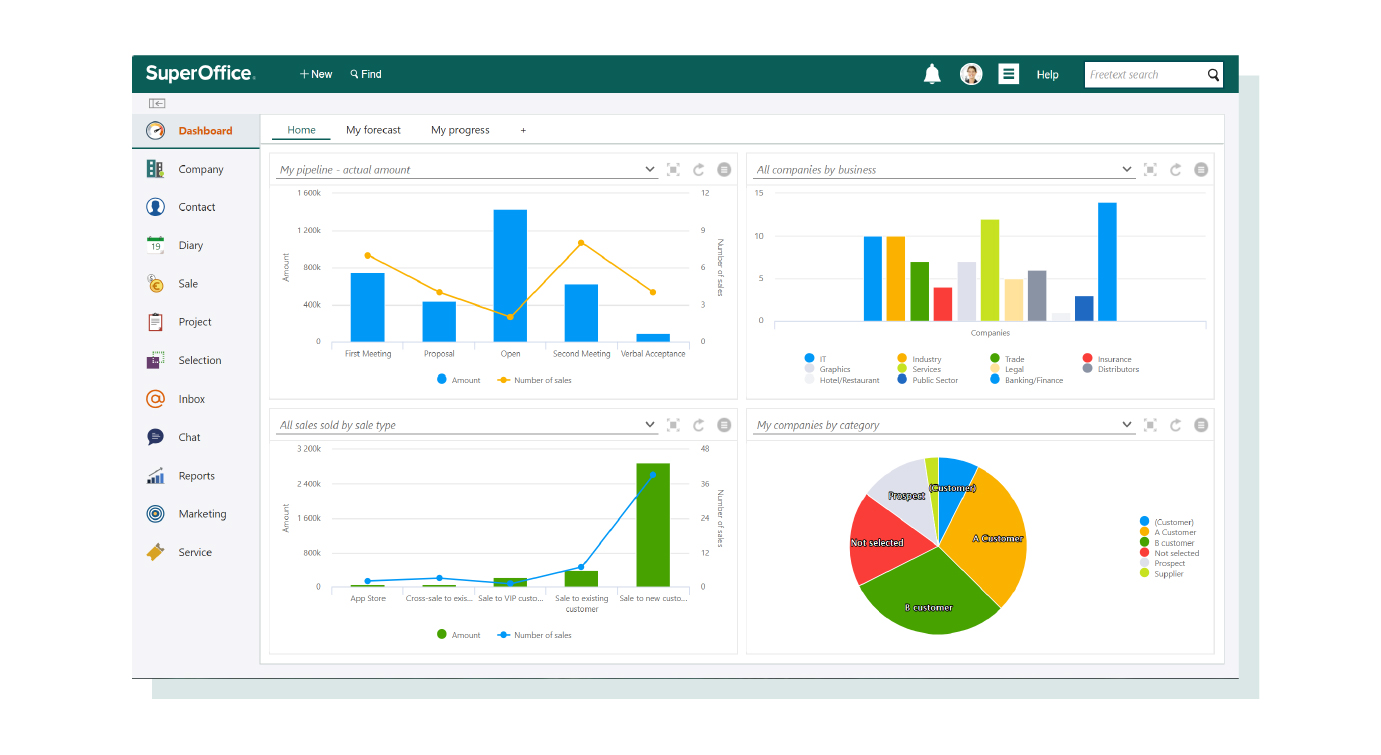
Make sure you set aside time on a weekly basis to regularly review these metrics as they’ll give you an ‘at a glance’ view of the health of your sales pipeline and your business.
Tracking the results over time will also give you a strong indication of how any changes or improvements you make to your sales process are contributing towards overall growth.
5. Review (and improve) your pipeline processes
A sales technique that works today may not work tomorrow (remember cold calling?).
This is especially true with the introduction of GDPR and how it impacts sales teams.
The best sales organizations regularly review their sales pipeline and techniques to make sure things are finely-tuned and highly optimized to ensure maximum efficiency and success.
When it comes to sales, everything – from the first sales pitch, the frequency of follow-ups to the offers you make – can be improved and adapted over time until you find a successful formula.
The best way to approach these changes is to look at where you think there are bottlenecks or blockages in your pipeline and consider ways in which they can be cleared out. From there you can test changes or run mini “sales experiments” to try and continuously improve each part of the process.
If you look at making these changes bit by bit and one at a time, your pipeline will become a well-oiled sales machine in no time!
6. Update your pipeline regularly
Your sales pipeline is constantly changing.
New leads are added, leads move through from one stage to the next, and deals are closed.
If you’re not careful, your sales pipeline can start to get a little disorganized and chaotic – which will make you inefficient and could lead to lost sales.
So, how do you avoid this?
Make sure that you’re keeping details up to date on every single lead by adding regular notes and information for each stage of the sales process.
Yes, this does mean you need to spend more time on admin, but if you use this time to remove dead leads or update outdated contact information, then it’s time well spent.
7. Keep your sales cycle short
Unlike B2C, the sales cycle for B2B companies can be loooooong.
In fact, 75% of all B2B sales take at least 4 months to close, with 18% taking 12 months or longer!
According to CSO insights, 27% of sales reps say that a long sales cycle is one of the biggest barriers to sales effectiveness.
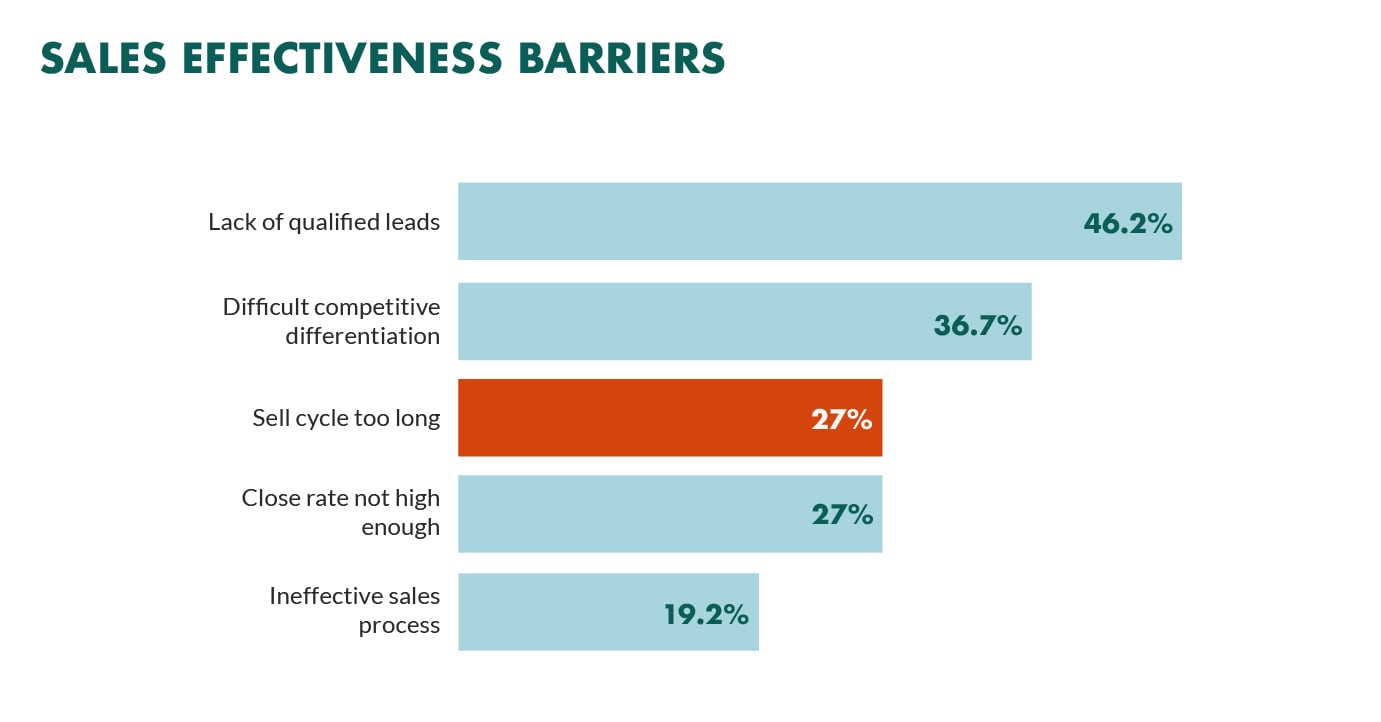
The reason for this is simple – the longer your sales process, the more chances your prospect has of changing their mind or finding an alternative product or service to solve their problem.
That’s why it’s important to keep your sales process as short as possible.
If you’re finding that most of your leads are going cold and you’re not closing enough sales to reach your sales targets, then you may have a problem with the length of your sales process.
Reducing the sales process length doesn’t mean you should bombard your leads with all 8-12 follow-ups in a single day, but it does mean you should consider ways to shorten it where possible.
This could mean reducing the number of days between follow-ups or coming up with ways to give your prospects more information up front to help shorten their decision-making time.
Try experimenting with a new, shorter, sales process and keep an eye on how it improves your sales results.
8. Create a standardized sales process
It’s easy to think that each customer is different and requires their own custom approach to closing a sale. More so, you may notice that your sales reps are employing varying outbound sales techniques. They may create their own routines, be it outreach, sales calls, one-on-one meetings, live demonstrations, or follow-ups.
Have you ever stopped to consider how much your ideal customers have in common? Chances are, they share a lot of similarities when it comes to their needs and motivations for buying from you.
The good news is, you can use this to your advantage by standardizing your sales pipeline. By recognizing these commonalities and adjusting your sales process accordingly, you can better meet the needs of your target audience.
Not to mention that the best performing sales teams do follow a standardized sales process, which enables them to scale and consistently win new business.
This is why 1 in 3 sales managers rank optimizing their sales process as a top sales management priority.
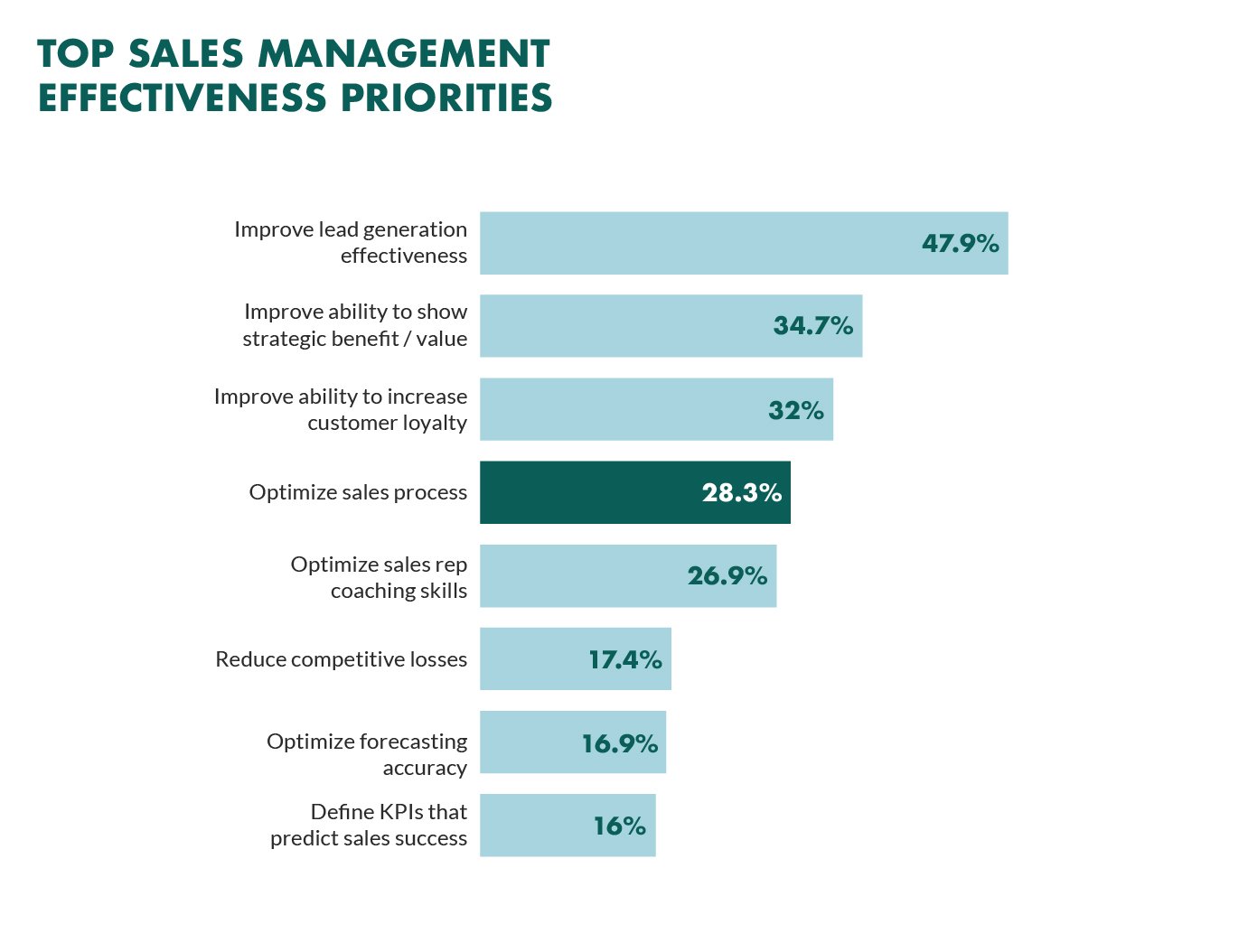
Custom sales techniques take time and add massive overhead – which impacts your bottom line. A standardized, repeatable, sales process can be fine-tuned to perfection overtime and can scale with your business as it grows.
9. Give your prospects more content
While phone calls and emails are at the heart of most sales communication, prospects will often require more, in-depth information to help them understand if your product or service is right for their business.
For each step of the pipeline, think about what kind of content you can provide to your prospects that will help reinforce your message and take them through to the next phase.
Content plays an even more important role as you move prospects further down the sales funnel. So, what kind of content do you provide?
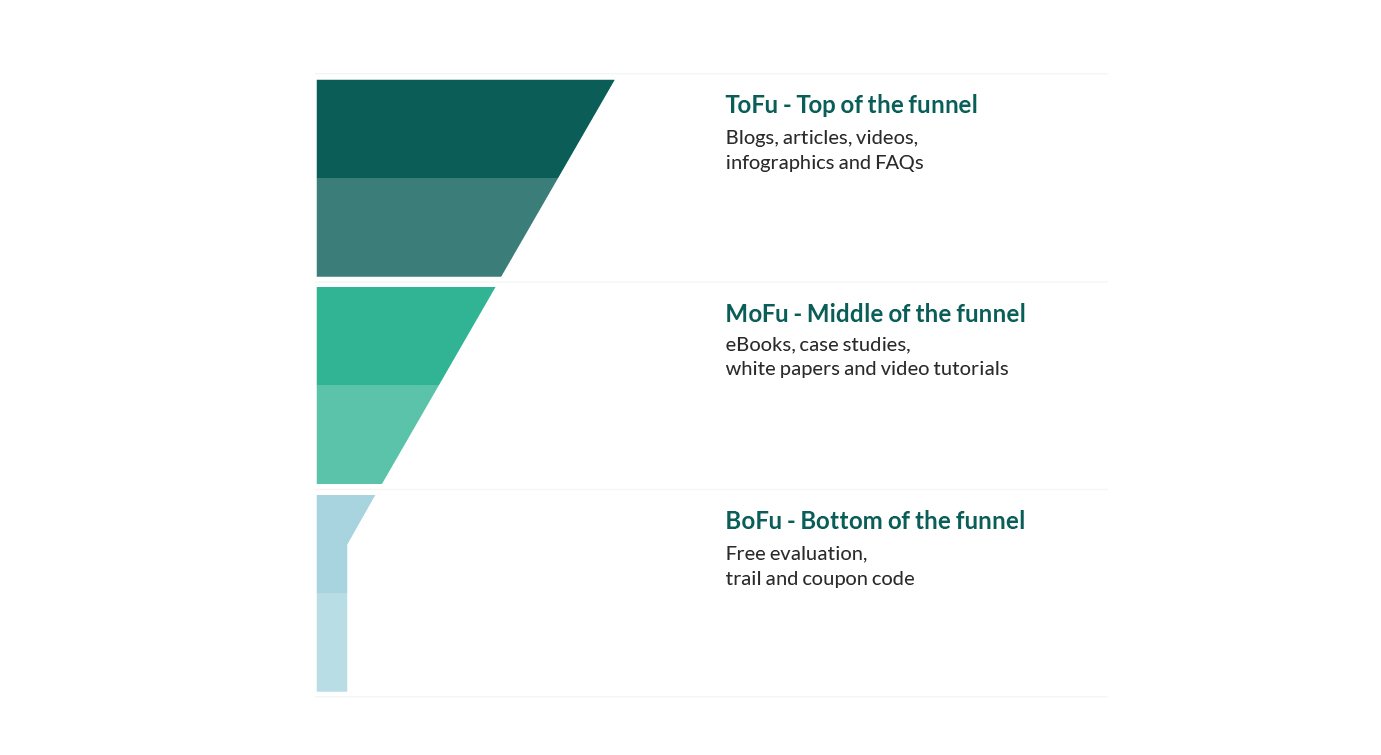
As for topics, the answer lies in listening to what your potential customers have to say.
During sales meetings, they’ll give you insight into the types of content they want at each stage of the pipeline. For example, they might ask you for something as simple as “do you have an article that explains this feature?” or “is there a product sheet I can download?”.
If you have this type of content, send it!
If not, then this information should be fed back into your marketing department.
The challenge here is that only 27% of sales reps who are out in the field and meeting with prospects collaborate with marketing on content creation.
By getting sales and marketing teams to work together, you will create content that potential customers want to consume (which is a vital part of the customer journey), rather than pushing out content that ends up wasted.
10. Use a CRM to manage your sales
When your sales pipeline is full of leads – and leads are all in different stages of the process – you need to make sure you’re managing it effectively.
If you’re a one-person sales organization on a tight budget and only making a few sales per month, then you can use a simple Excel spreadsheet to track all the details in your pipeline. However, as your business grows, you’ll need to consider using a CRM system to keep track of all your sales activities.
Without a dedicated CRM, you simply won’t be able to manage your sales pipeline properly. In fact, CRM software has become such an integral part of sales that high performing sales teams now rank CRM as their second most important sales tool.
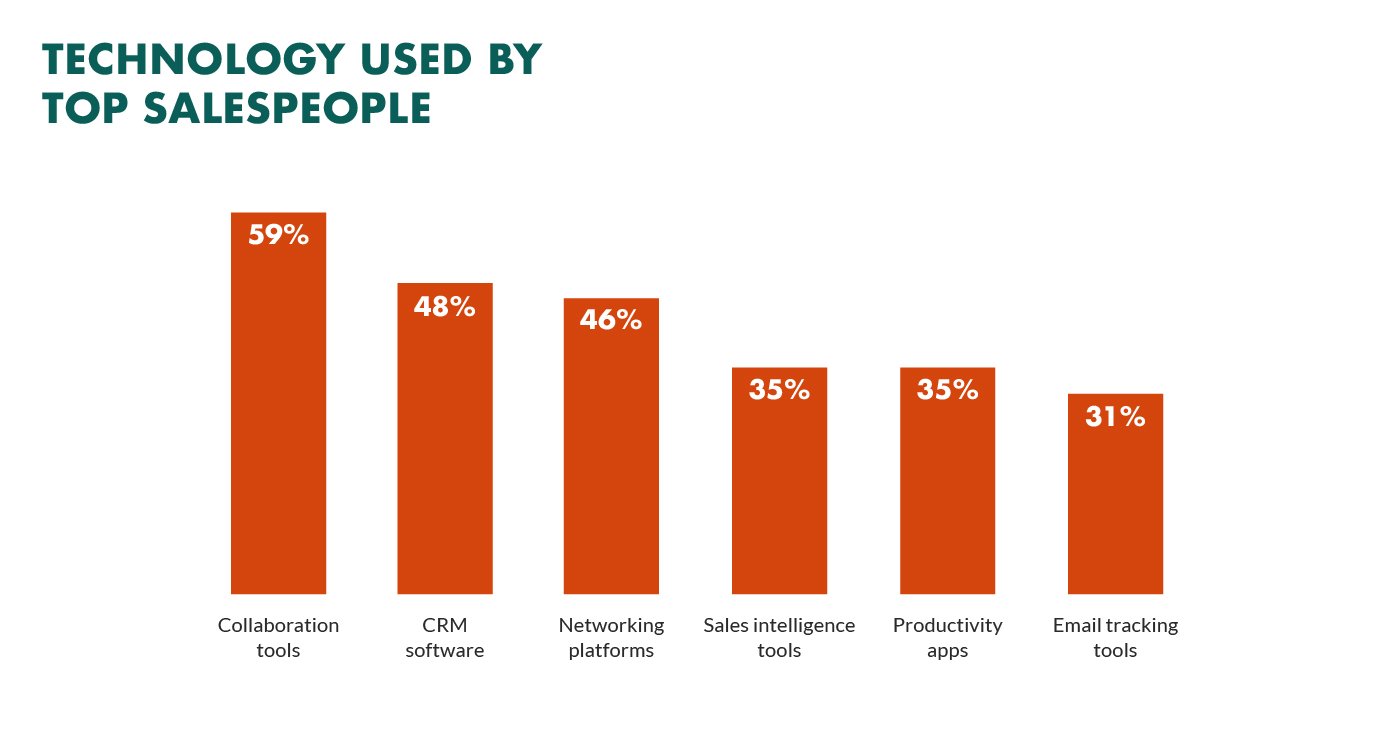
A CRM will help you easily manage large volume leads and enable your team to quickly access the right information at the right time.
11. Automate your sales pipeline
Efficient sales pipeline management is essential for a successful business.
One effective way to streamline this process is by leveraging CRM automation - as these technologies can significantly boost your productivity while at the same time save you valuable time.
For example: Email sequences can be automated to follow up with leads, ensuring that no opportunity falls through the cracks.
Meanwhile, chatbots can help when it comes to qualifying leads and providing answers to frequently asked questions, allowing your sales team to focus on the more critical tasks.
Lastly: Lead scoring systems can help you identify the deals that are most likely to close - so that you can prioritize your efforts accordingly and much more accurately.
12. Analyze data for sales insights
Analyzing the data in your CRM from your sales funnel can give you a wealth of knowledge about your sales process and help you find those areas for improvement.
By tracking key metrics like conversion rates, win/loss ratios, and average deal size, you can gain those must-have insights into how your sales pipeline is performing.
What you’re left with is valuable information that can help you pinpoint bottlenecks and areas where you can improve efficiency, allowing you to optimize your sales process and achieve better results.
For example, if you notice that your conversion rates are low at a certain stage in the pipeline, you can make adjustments to your sales process to address the issue and improve your outcomes.
Plus, data can be used to figure out how to best allocate your sales team's time or which marketing channels are delivering the most leads.
Conclusion
A sales pipeline can be compared to the beating heart of your business. That’s why its importance and value can hardly be overestimated.
This means that if you don’t manage your pipeline successfully, then you risk losing out on new customers and your business could suffer.
With more than 60% of sales managers saying that their company does a poor job of managing their sales pipeline, chances are you need to improve the way yours works, too.
The 12 best practices we’ve presented will help you keep your sales pipeline beating at a healthy pace, make your work more organized and structured, shorten and speed up your sales cycles, and reach your sales quota quicker, all the while bringing growth and profit for your business.
Looking for new ways to better manage your sales pipeline?
Find out how sales pipeline management works in SuperOffice CRM, by signing up for a free personalized demo.
Customers also ask
How do these sales pipeline management tips apply to service-based industries, where sales cycles might be longer or more complex?
In service-based industries, where sales cycles tend to be longer and involve more personalized interactions, sales pipeline management can focus on nurturing relationships and understanding client needs deeply. Strategies might include segmenting the pipeline based on service complexity, client readiness, or potential project size. Regular follow-ups, personalized communication, and providing value through insights or consultations can help move prospects through the pipeline effectively.
Are there any recommended tools or software that integrate well with these tips for automating parts of the sales pipeline management process?
There are various CRM (Customer Relationship Management) tools and sales automation software that can complement sales pipeline management strategies. Tools like SuperOffice, Salesforce and HubSpot offer features for automating follow-up emails, tracking sales interactions, and managing pipeline stages. Integration with email platforms, social media, and analytics tools can also enhance the visibility and efficiency of the sales process.
Can these tips be scaled for very small businesses or startups with limited sales teams, and how?
Small businesses and startups can adapt sales pipeline management tips by focusing on high-impact activities and leveraging automation to maximize limited resources. Prioritizing leads based on potential value or likelihood to close, and using CRM tools designed for smaller teams, can streamline efforts. Building a referral network and focusing on relationship-building can also be cost-effective strategies for smaller entities.
